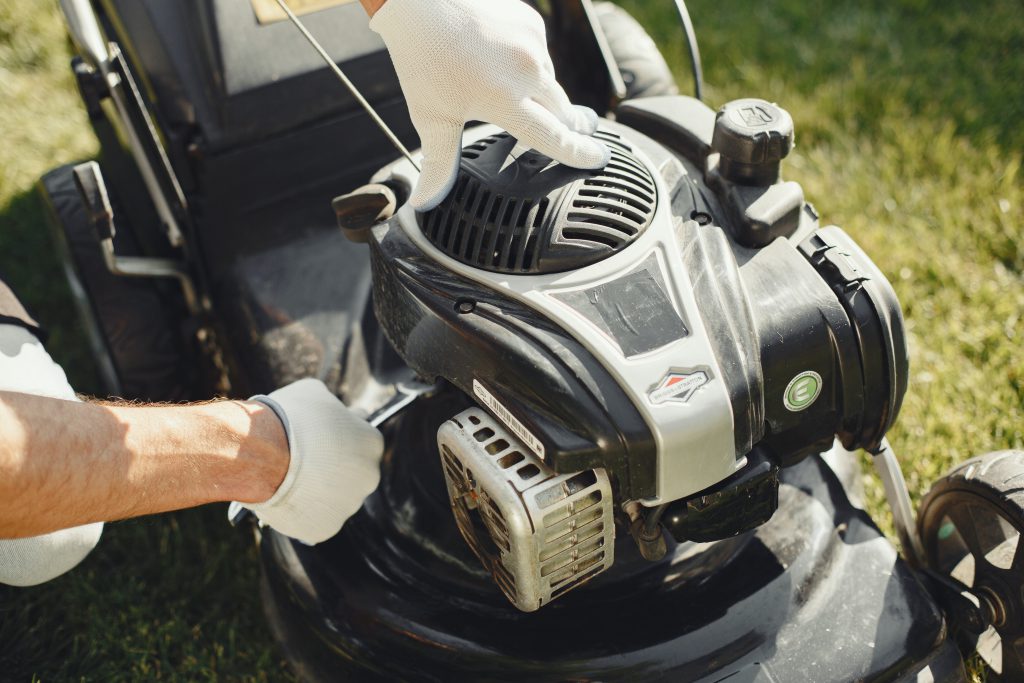Lawncare Basics

Spring is finally here! I’ve noticed the grass in my yard is starting to turn green. Green grass means it’s almost time to mow — something you either dread or enjoy. Regardless of where you stand, there are a few key practices that will help keep your lawn looking its best.
Maintain your Lawnmower
Sharpen blades at least once per year and even more frequently if possible. A sharp blade makes mowing easier and minimizes numerous lawn diseases and pests. If your cut lawn has torn or ripped at the ends it is a sure sign it is time to get your blades sharpened or replaced.
Clean-Up
After a long winter, your lawn may be in need of some attention. Matted down bleached-looking patches are most likely snow mold. Snow mold is a common turf disease, but one that can easily be beaten. Simply rake off the dead grass on top. That will allow the root bed below to regrow. If you don’t remove the dead grass, it will continue to suffocate the roots below, resulting in dead patches of grass.
Feed Your Lawn
Fertilizing your lawn refuels and replenishes the turf’s energy and nutrients. A well-fed lawn will stand up to the abuse it takes all summer from regularly being cut off. It will heal faster after each cut and regrow better, creating a healthy, green lawn.
Mow Correctly
Mowing should only take off 1/3 of the total height of the turf in order to prevent scalping, stressing, diseases, and dieback. Depending on the variety of your grass will dictate what would be the optimum height to mow. In southern Wisconsin, the most common grasses are fescue and bluegrass mixtures. These are best suited to be cut at 2.5”-3.5”. Mowing too low often leads to “scalping” of the turf, which stresses it and allows for weeds or possible disease to get a foothold.
With these basics, you’ll get your lawn off to a great start!
